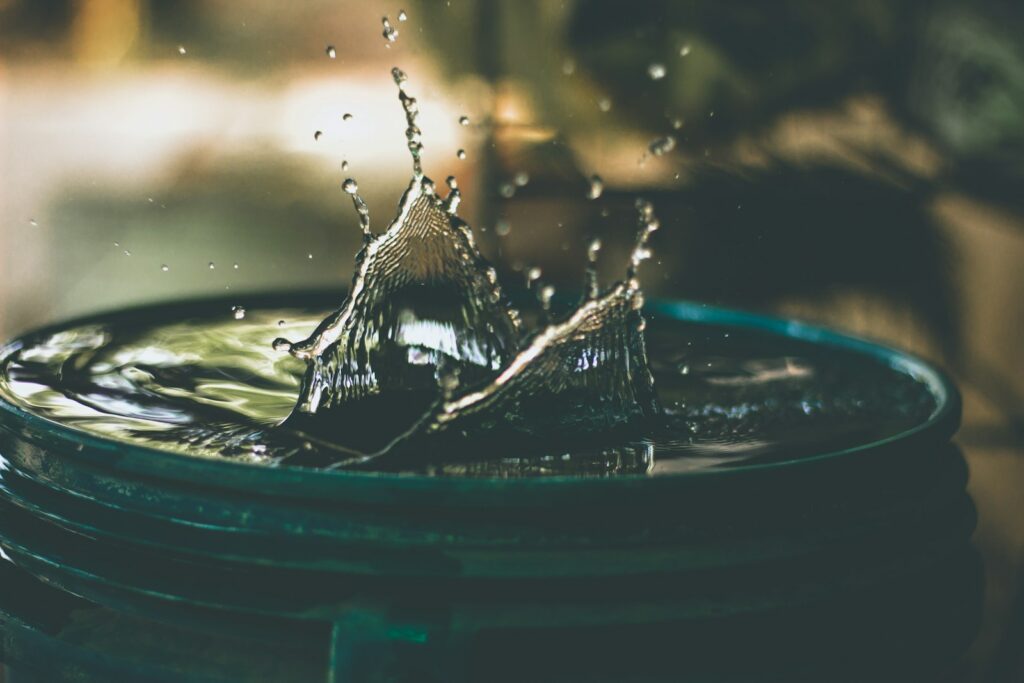Aquamation, also known as alkaline hydrolysis or water cremation, is a gentle, eco-friendly alternative to traditional cremation. It uses a combination of water, heat, and an alkaline solution to break down the body. This process mimics natural decomposition but accelerates it in a controlled environment. Here’s a detailed breakdown of what happens to the body during aquamation:
1. Preparation for the Process
The body is first placed into a chamber specifically designed for aquamation. This chamber is made of stainless steel or another durable material that can withstand the process. Before the body is placed into the chamber, any medical implants, pacemakers, or other electronic devices are removed, as they could be hazardous during the procedure.
The body does not require embalming before aquamation, as the process itself preserves the body in a natural state until decomposition begins. A biodegradable casket or a simple shroud can be used, although many aquamation facilities do not require any containment beyond the body itself.
2. Introduction of Water and Alkali
Once the body is placed into the chamber, the door is sealed, and the process begins. The chamber is filled with a solution consisting of 95% water and 5% potassium hydroxide or sodium hydroxide, commonly known as lye. These alkali compounds are crucial in breaking down the body in a natural, chemical reaction.
The solution is heated to a temperature of about 160-180°C (320-356°F), which is much lower than the 760°C (1400°F) used in traditional flame cremation. Despite the lower temperatures, the alkaline hydrolysis process is highly effective and begins the breakdown of organic materials in the body.
3. The Breakdown Process
Over the course of three to four hours, the combination of heat, pressure, water, and alkali causes the body’s tissues to dissolve. This process is similar to the natural decomposition that would happen in soil over months or years, but it occurs in a matter of hours.
During this phase, soft tissues such as skin, muscles, tendons, and internal organs are broken down into basic chemical components, primarily amino acids, peptides, sugars, and salts. The fluid remains, often referred to as “effluent,” is sterile and contains no DNA or harmful substances. In some areas, this liquid can be safely returned to the environment through the water treatment system.
4. Bones and Calcium
Unlike the soft tissues, the bones do not dissolve during aquamation. Instead, they remain intact but become softened and chalky due to the chemical reaction. After the aquamation process is complete, the bones are removed from the chamber.
These softened bones are then dried and processed into a fine powder, similar to the way cremated remains are handled in traditional cremation. The resulting “ashes” from aquamation are pure white and are returned to the family in an urn, just as they would be in a traditional cremation. Families often find that the remains from aquamation are more substantial in volume compared to flame cremation due to the preservation of more bone mass.
5. What Happens to the Liquid Remains?
The sterile liquid effluent that is left after aquamation can be safely discharged into the local water system, where it undergoes further treatment at a wastewater facility. It poses no environmental threat and contains nutrients that could be used to support plant growth in some applications.
In some cases, families or institutions may choose to use the liquid in a different way, such as through memorial tree plantings where the nutrient-rich solution could help nourish a plant or tree in honor of the deceased. However, this is less common than simply returning the liquid to the water treatment system.
6. Environmental and Practical Benefits
Aquamation is seen as a greener option compared to flame cremation. The process uses significantly less energy, produces no emissions, and doesn’t release harmful gases like mercury from dental fillings. For families concerned with the environment, this offers a more sustainable way to honor their loved one.
The remains from aquamation, often called “aquamains,” are slightly different in color and texture from those produced by traditional cremation. These remains are typically pure white due to the lack of burning and are composed solely of bone minerals.
Aquamation not only offers a gentle approach to body disposition but also reduces the environmental impact of traditional methods, making it a meaningful choice for many families.

